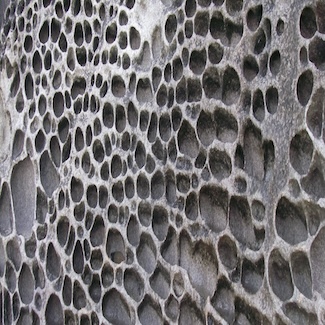The growth of finfish in global open-ocean aquaculture under climate change.
Type
Aquaculture production is projected to expand from land-based operations to the open ocean as demand for seafood grows and competition increases for inputs to land-based aquaculture, such as freshwater and suitable land. In contrast to land-based production, open-ocean aquaculture is constrained by oceanographic factors, such as current speeds and seawater temperature, which are dynamic in time and space, and cannot easily be controlled. As such, the potential for offshore aquaculture to increase seafood production is tied to the physical state of the oceans. We employ a novel spatial model to estimate the potential of open-ocean finfish aquaculture globally, given physical, biological and technological constraints. Finfish growth potential for three common aquaculture species representing different thermal guilds-Atlantic salmon (), gilthead seabream () and cobia ()-is compared across species and regions and with climate change, based on outputs of a high-resolution global climate model. Globally, there are ample areas that are physically suitable for fish growth and potential expansion of the nascent aquaculture industry. The effects of climate change are heterogeneous across species and regions, but areas with existing aquaculture industries are likely to see increases in growth rates. In areas where climate change results in reduced growth rates, adaptation measures, such as selective breeding, can probably offset potential production losses.

